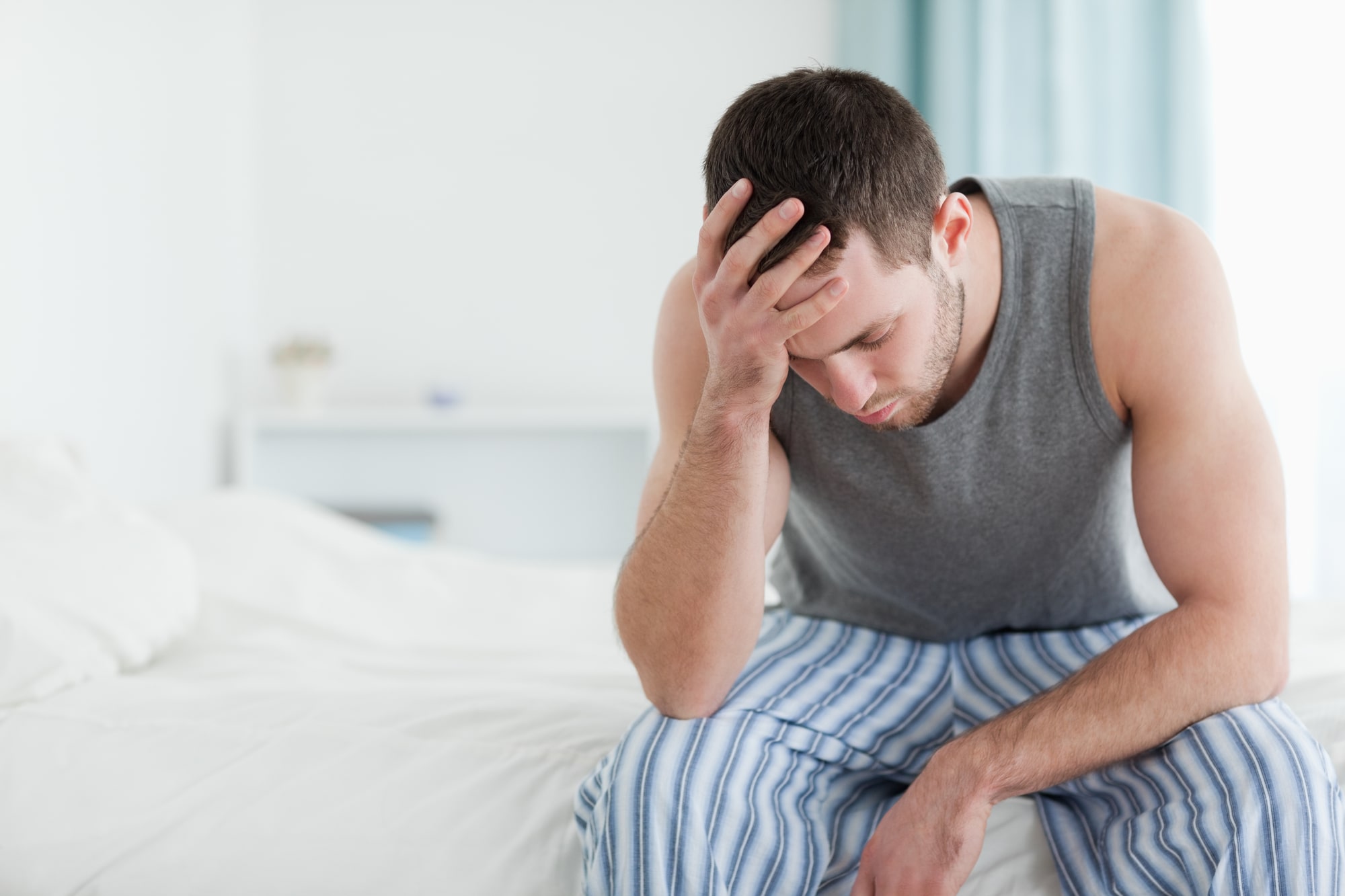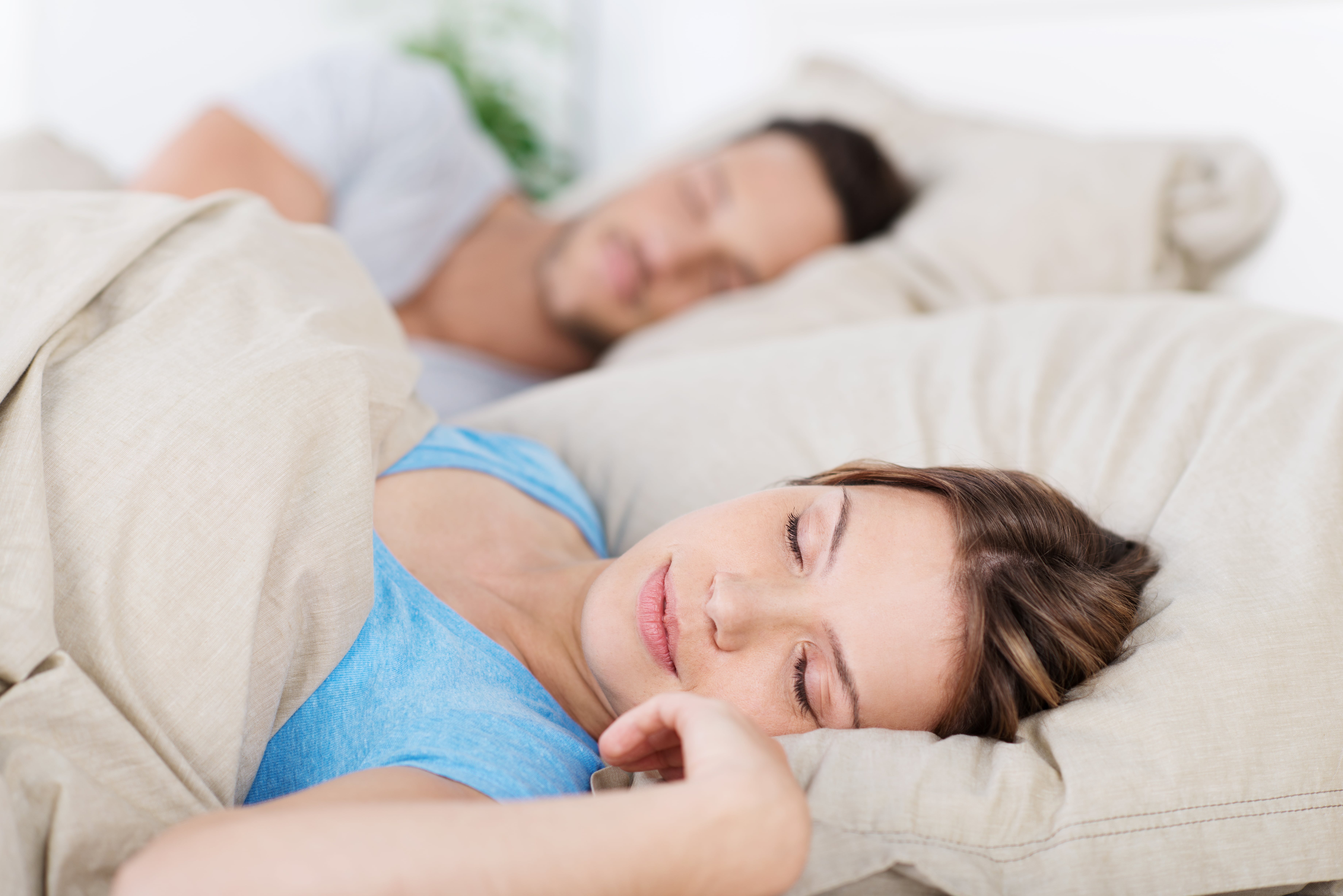Obstructive sleep apnea is not a sleeping problem it is an obstruction in the airway that causes loss of sleep. The typical treatment is the use of CPAP machines. CPAP stands for continuous positive airway pressure, so this means that air is forced into the airways to keep it open. What is happening behind the scenes with sleep apnea is a collapsing of the tissues in the back part of the sinus and throat area and it starts to atrophy. Atrophy is kind of a sagging or drooping of the tissue that can obstruct the breathing pathways and it can come from many different things. Some say it is caused by obesity but there’s plenty of thin people that have sleep apnea and a lot of overweight people that don’t have it so it’s not necessarily obesity. There could be some excess fat in the throat area, but we don’t normally accumulate fat in the back of the throat and sinus area.
Always consult with your healthcare practitioner first but there are some lifestyle changes that could have a positive impact on this condition. The first thing to tackle is a change in diet. You want to avoid milk and any milk products like ice cream, even cheese because dairy products will cause swelling in the throat and sinuses. Anything that creates inflammation will be a problem, so food allergies are a major issue. Sugar is a big problem because it will cause swelling of the different tissues because it is very inflammatory. Wheat or any other grains like bread, pasta, cereals, crackers, etc. can also be inflammatory. Removing dairy and wheat initially before doing anything else would be a good test to see if the sleep apnea clears up.
Seasonal allergies could be another contributing factor because your sinuses will clog up and of course there will be difficulty with breathing. If you have allergies, hives, asthma, or anything like that a good remedy to try would be royal jelly. Royal jelly is a milky secretion made by worker honeybees. It’s rich in carbs, protein, amino acids, fatty acids, vitamins, and minerals. Royal jelly gets its name because it is used as food for the queen bee. Its composition varies depending on geography and climate. It is known to help neutralize allergies.

High cortisol correlates with high stress. High cortisol can also shrink a nerve that’s connected to your brain stem, that goes to the back of the sinuses. So, one of the symptoms of high cortisol, or being on Prednisone, or Cortisol for different conditions is sleep apnea. If this is the problem then try using a supplement that supports cortisol to reduce inflammation, supports the adrenal glands, and helps to support the deeper causes to reduce inflammation.
If you have allergies year around then there could be a fungus growing in the sinuses. This could be because there might be a history of antibiotic use, but it could also come from other things. So, if that’s the case then working on your gut biome to build up the good bacteria will help.
Another recommendation is apple cider vinegar because just by dropping the pH of your body just a little bit (a teaspoon and some water everyday) will instantly increase your oxygen carrying capacity through your body and therefore you will breathe better.

As a retired registered massage therapist, I’ve always been interested in health. I grew up loving sports so that carried into my adult life in my chosen career paths and in my personal life. I now stay active with weight training, hiking and biking. My professional life has always been in health care. This has inspired me to seek out and adopt a life of natural health and wellness.



